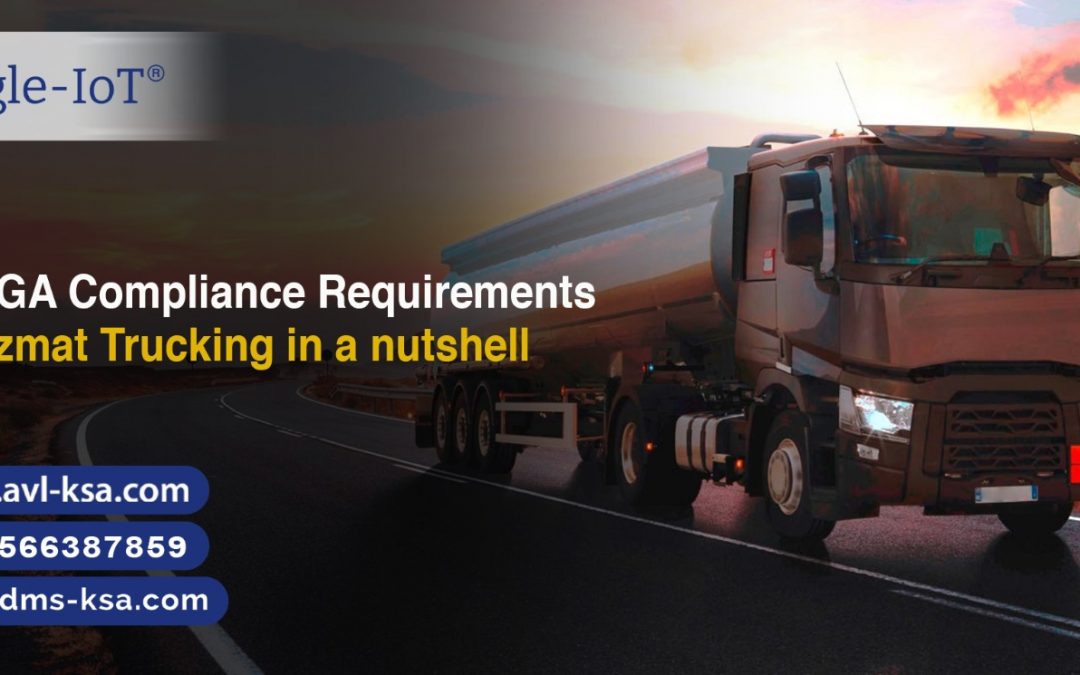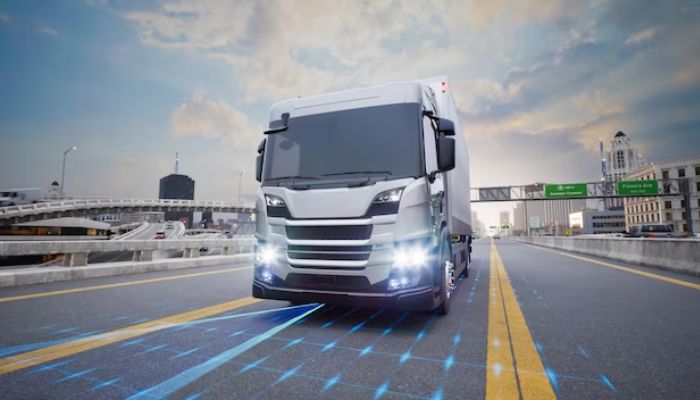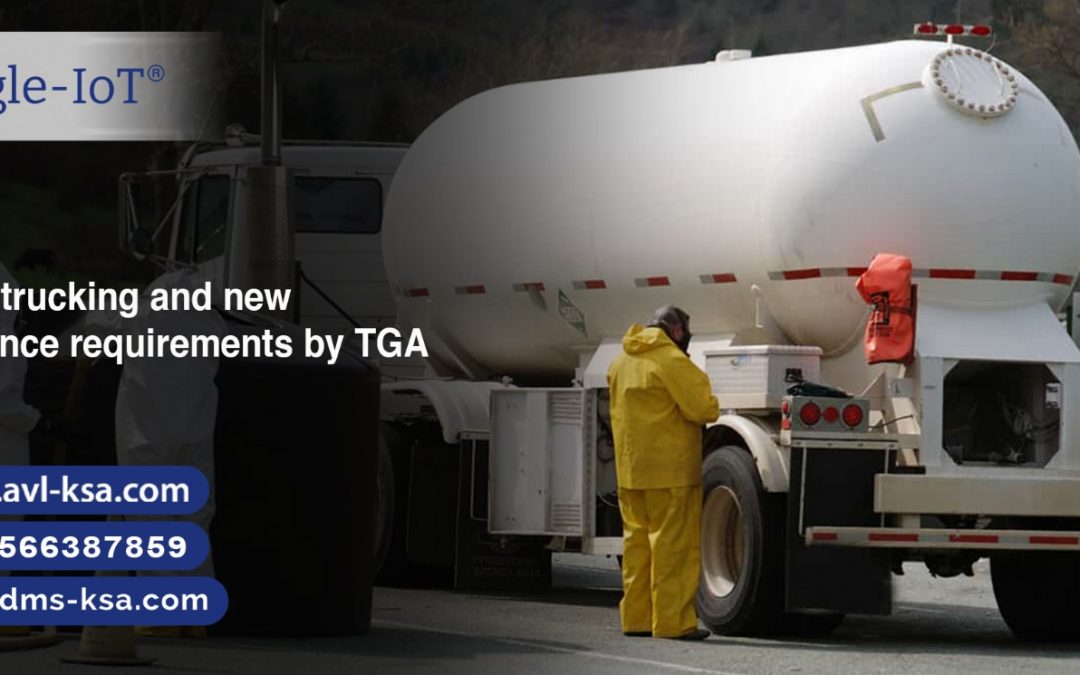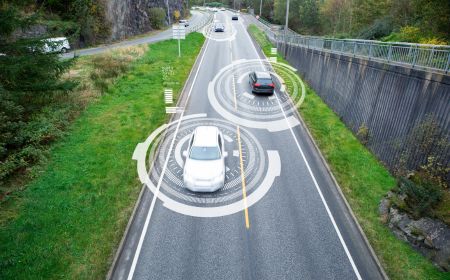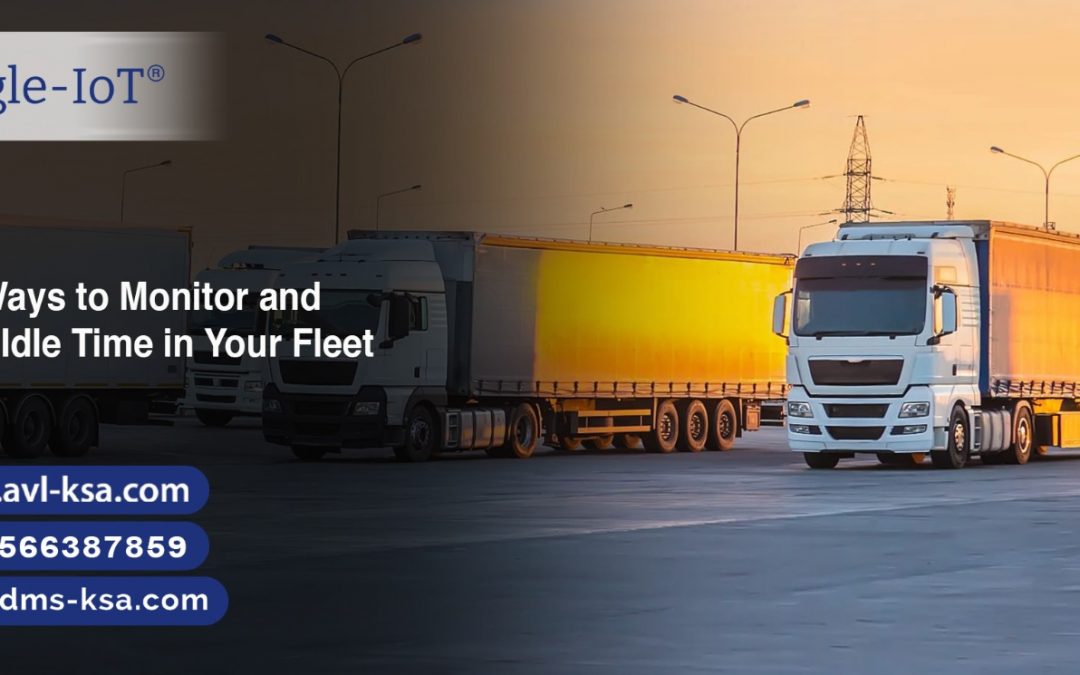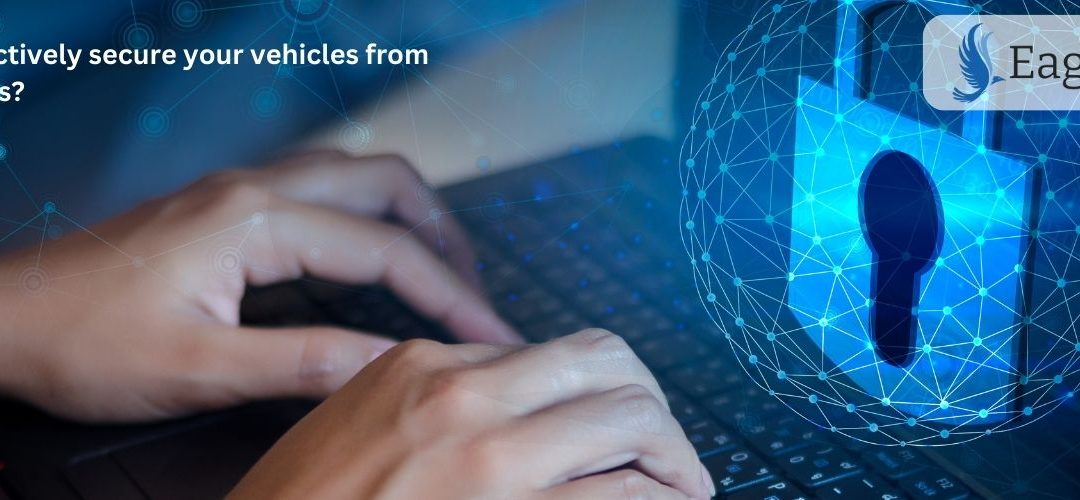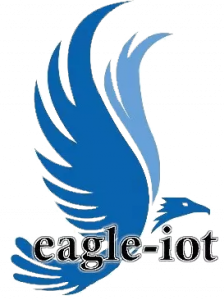
It’s time to switch from spreadsheets to software for your fleet business!
It’s time to switch from spreadsheets to software for your fleet business!
Managing and operating a fleet of vehicles is a crucial day-to-day task but when one does this manually, by using spreadsheets; it is slow and cumbersome. To stay on the top of the game, fleet managers need to keep tabs on the ever-changing nature of compliance to know all the laws that are to be implemented. Besides this, it is also important to keep the fleet operations streamline, optimized and precise by eliminating all the inaccuracies. But this seems impossible when you are using passive recordholder!
Fortunately, advanced telematics and fleet management solution have been game changer for fleet businesses of every size. They not only provide better control over all of the rules and regulations that the industry must follow, by automating compliance but it makes things simpler for fleet managers to access and monitor real – time information, analyze reports, and verify compliance. However, before we analyze the perks of specialized fleet management software Eagle-i, we must first comprehend how problematic spreadsheets are. After all, particularly successful fleets avoid spreadsheets for a variety of reasons:

Manual Data Entry
Nothing is automated when you are using a spreadsheet; everything must be entered manually by an employee. It can also be a lengthy process to look for information as and when you need it. Nothing can reduce fleet efficiency like this.
Time consuming
Manual data entry is not only time consuming, but it can also make your company prone to a human error. There’s always that element of uncertainty which restrains you for trusting the data. You must have a comprehensive fleet data to improve your fleet operations.
Potential security threat
Keeping spreadsheets on corporate networks can be a potential security threat. If your organization is targeted by malicious attempts to steal information, the hackers will have no difficulty in accessing your depository leading your fleet company in big trouble.
Credible reporting tool
More the data your fleet generates, the more significant it is to have an easy-to-use and credible reporting tool. Spreadsheets quite often require you to create these reports manually. In some circumstances they may work well with reporting software but discrepancies between how sheets are assembled and labelled can cause incompatibilities resulting in inaccurate or complicated reports.
so what’s the alternative to spreadsheet management? Answer is simple: Emigrate away from spreadsheets and toward an integrated web – based solution such as Eagle-i : it helps you in managing your fleet with modernized and streamlined data. Besides it also provides you solid fleet data to evaluate your fleet’s performance and set benchmarks.
It’s high time to get rid of ancient, inefficient, manual methods and adopt the modern way of managing fleet with Eagle-IoT!

